Why Is My Sewing Machine Skipping Stitches & How To Fix It
Sewing machines are a wonderful tool for both hobbyists and professionals alike. They can help us create beautiful garments, home decor items, and other crafts quickly and easily.
However, like any mechanical device, sewing machines can sometimes experience issues that can be frustrating and hard to diagnose. One common problem that many sewers encounter is when their sewing machine begins to skip stitches.
This can be caused by a variety of factors, including problems with the needle, thread, or fabric, as well as mechanical issues with the sewing machine itself.
In order to fix a sewing machine that is skipping stitches, it is important to first understand the potential causes of this issue and then take the appropriate steps to resolve it.
19 Common Reasons: Why Is My Sewing Machine Skipping Stitches
Check the Needle
If your sewing machine needle is bent, dull, or otherwise damaged, it can cause your machine to skip stitches. You’ll want to check your needle first when troubleshooting this issue.
Related Post: How to Unfreeze a Sewing Machine
Check That The Needle Is The Correct Size And Type For The Fabric You’re Using
If you’re having trouble with your sewing machine skipping stitches, one of the first things you should check is the needle. In order for your machine to sew properly, the needle must be the correct size and type for the fabric you’re using.
Needles come in different sizes, from very fine to very thick. The size of the needle you need will depend on the fabric you’re using.
For example, if you’re sewing with a lightweight fabric like silk, you’ll need a smaller needle than if you’re sewing with a heavier fabric like denim.
In addition to size, needles also come in different types. The type of needle you need will again depend on the fabric you’re using.
For example, if you’re sewing with a knit fabric, you’ll need a stretch needle. If you’re sewing with a delicate fabric like silk, you’ll need a sharp needle.
Using the wrong size or type of needle can damage your fabric and cause your machine to skip stitches.
So if you’re having trouble with your machine skipping stitches, be sure to check that the needle is the correct size and type for the fabric you’re using.
Check That The Needle Is Properly Inserted
The first thing you should do if your sewing machine is skipping stitches is to check that the needle is properly inserted. If the needle is not inserted properly, it can cause the machine to skip stitches.
You’ll also want to make sure that the needle is the correct size and type for the fabric you’re sewing. Using a needle that’s too small or too large for the fabric can also cause skipped stitches.
If you’re having trouble inserting the needle, try using a different type of needle. Some needles are easier to insert than others. If you’re still having trouble, take your sewing machine to a professional for help.
Check That The Needle Is Not Damaged
If you’re wondering why is my sewing machine skipping stitches, one of the first things you should check is the needle.
A damaged needle can cause skipped stitches, and in some cases, it can even damage your sewing machine.
If the needle is bent or dull, it can cause skipped stitches. Check the needle properly if it is bent or damaged then replace it with a new one.
You should also check to see if the point of the needle is dull. If it is, you will need to replace it with a new one.
If the needle is not bent or damaged, but you’re still having issues with skipped stitches, there are a few other things you can check. First, make sure that the thread tension is set correctly.
If the tension is too loose, it can cause skipped stitches. Second, make sure that the sewing machine’s presser foot is properly aligned. If it’s not, it can also cause skipped stitches.
Related Post: How To Change A Sewing Machine Needle In 58 Seconds
Check The Thread
If your sewing machine is skipping stitches, the first thing you should check is the thread.
Make sure that the thread is correctly threaded through the needle and that the tension is set correctly. If the thread is not the issue, then the problem may be with the needle.
Check That The Thread Is The Correct Type And Size For The Fabric You’re Using
If you’re having trouble with your sewing machine skipping stitches, the first thing you should check is the type and size of the thread you’re using.
Make sure that the thread is appropriate for the fabric you’re working with if it’s too thick or thin, it can cause skipped stitches.
You should also check to see if the needle is the correct size for the thread and fabric. If it’s too small, it can damage the thread; if it’s too large, it can cause skipped stitches.
If you’ve checked the thread and needle and they seem to be the correct size and type, the next thing to do is to clean and oil your machine.
A build-up of dust and dirt can cause skipped stitches, so it’s important to keep your machine clean.
Once you’ve cleaned it, add a drop or two of oil to any moving parts to keep them lubricated.
If your machine still isn’t sewing properly, take it to a professional for a tune-up they’ll be able to identify any other problems that might be causing skipped stitches.
Check That The Thread Is Properly Inserted
Before you start sewing, it’s important to ensure that the thread is properly inserted into the machine. If the thread isn’t inserted correctly, it can cause the machine to skip stitches.
To insert the thread, start by raising the presser foot. Then, insert the end of the thread into the needle from front to back. Finally, pull the thread until it’s tight, but not too tight.
Related Article: Easiest Way To Thread An Embroidery Needle
Check That The Thread Is Not Damaged
If your sewing machine is skipping stitches, one of the first things you should check is the condition of the thread. If the thread is frayed or damaged in any way, it can cause the stitches to skip.
Inspect the length of thread that you are using, and if necessary, cut off any damaged sections. You should also check that the bobbin case is not damaged, as this can also cause skipped stitches.
Check The Tension
Sewing machines rely on proper tension to ensure that the needle and thread can create a strong stitch.
If the tension is not correct, the needle and thread will not be able to grip properly, which can cause the needle to skip stitches.
Check That The Tension Is Set Correctly For The Fabric You’re Using
If the upper thread is not tensioned correctly, the fabric will not be pulled through the lower looper and the stitches will skip.
To check the upper thread tension, hold the tail of the thread and lightly tug upward while you watch the needle.
The needle should move easily and not pull on the thread. If it does, turn the tension knob to a higher number.
If you’re using a zigzag stitch or another stitch that requires a special foot, be sure to change to the correct foot before you begin sewing.
Check That The Tension Is Not Too Loose Or Too Tight
If the tension is too loose, the blade will vibrate and produce an uneven cut. If the tension is too tight, the blade will bind in the cut and produce a poor finish. The correct tension produces a clean cut with no vibration or binding.
Check The Bobbin
If you’re having trouble with your sewing machine skipping stitches, the first thing you should check is the bobbin.
The bobbin is a small cylindrical piece of metal that holds the thread. It’s located near the needle on the sewing machine.
If the bobbin is not inserted correctly, the sewing machine will not be able to sew properly and the stitches will not be even.
Related Post: What Is a Bobbin?
Check That The Bobbin Is The Correct Type And Size For The Fabric You’re Using
One of the most common causes of skipped stitches is using the wrong type or size of bobbin for the fabric you’re sewing.
If you’re not sure what kind of bobbin your sewing machine takes, consult your sewing machine manual or do an online search for your sewing machine model.
There are different types of bobbins for different types of fabrics, and using the wrong type can damage both your fabric and your sewing machine.
For example, if you’re sewing with a delicate fabric like silk, you’ll want to use a delicate bobbin like a polyester one.
And if you’re working with a heavyweight fabric like denim, you’ll want to use a stronger bobbin like one made from steel.
In addition to different fabrics requiring different types of bobbins, some fabrics also require special sizes.
For example, Singer bobbins come in five different sizes: 15-30 (for lightweight fabrics), 20-40 (for medium-weight fabrics), 25-50 (for heavyweight fabrics), 30-60 (for extra heavyweight fabrics), and 40-90 (for quilting fabrics).
When in doubt, it’s always better to err on the side of using a stronger or larger bobbin than to risk damaging your fabric or sewing machine by using one that’s too weak or small.
Check That The Bobbin Is Properly Inserted
If your sewing machine is skipping stitches, one of the first things you should check is that the bobbin is properly inserted.
If the bobbin isn’t inserted correctly, the machine won’t be able to pick up the thread and form stitches.
To properly insert the bobbin, first make sure that the needle is in the highest position. Then, open the bobbin cover and insert the bobbin so that the thread runs clockwise when you pull it out. Finally, snap the cover shut and pull out a few inches of thread before you start sewing.
Check That The Bobbin Is Not Damaged
If your sewing machine is skipping stitches, one of the first things you should check is the bobbin.
If the bobbin is damaged, it can cause the machine to skip stitches. To check the bobbin, remove it from the machine and inspect it for any damage. If you see any damage, such as a crack or chip, replace the bobbin with a new one.
Check For Other Problems
If your sewing machine skips stitches, it could be caused by a number of things. First, check to see if the needle is inserted correctly and is the correct size and type for the fabric you’re using.
If the needle is damaged or bent, it can also cause skipped stitches. Make sure the thread tension is not too tight or too loose. Lastly, check the feed dogs to see if they are damaged or misplaced.
Check For Debris In The Needle Plate Or Bobbin Case
If your machine is skipping stitches, one possible reason is that there is debris in the needle plate or bobbin case.
To clean the needle plate, remove it from the machine and use a soft brush to remove any dirt or lint.
You can also clean the bobbin case by removing it from the machine and using a soft brush to remove any debris.
Check For Damaged Or Bent Parts
If your sewing machine is skipping stitches, one of the first things you should check is for any damaged or bent parts.
Sometimes a simple bent needle can cause your machine to skip stitches, so it’s always a good idea to check for this first.
You should also check to see if there are any loose threads or other debris caught in your machine. If you find anything, be sure to remove it before continuing.
Check For Other Problems That Could Cause The Machine To Skip Stitches
The first thing you should do if your sewing machine is skipping stitches is to check for other problems that could be causing the issue. Here are a few things to look for:
- Thread that is tangled or knotted
- A thread that is too thick or too thin
- Incorrect type of needle for the thread being used
- Incorrect type of needle for the fabric being sewn
- Bobbin that is inserted incorrectly
- Bobbin that is jammed or damaged
- Damaged sewing machine parts
How To Fix Skipped Stitches Sewing Issues
Conclusion: Why Is My Sewing Machine Skipping Stitches
In conclusion, understanding why your sewing machine is skipping stitches is crucial for achieving smooth and flawless stitching results.
By identifying common causes such as incorrect needle installation, a dull or bent needle, improper tension settings, or thread-related issues, you can troubleshoot and resolve the problem effectively.
Regular maintenance, including cleaning and oiling your machine, can also prevent skipped stitches and prolong its lifespan. Remember to consult your sewing machine’s manual and seek professional assistance if needed.
By addressing the underlying issues causing stitch skipping, you can enjoy uninterrupted sewing and create beautiful projects with ease.
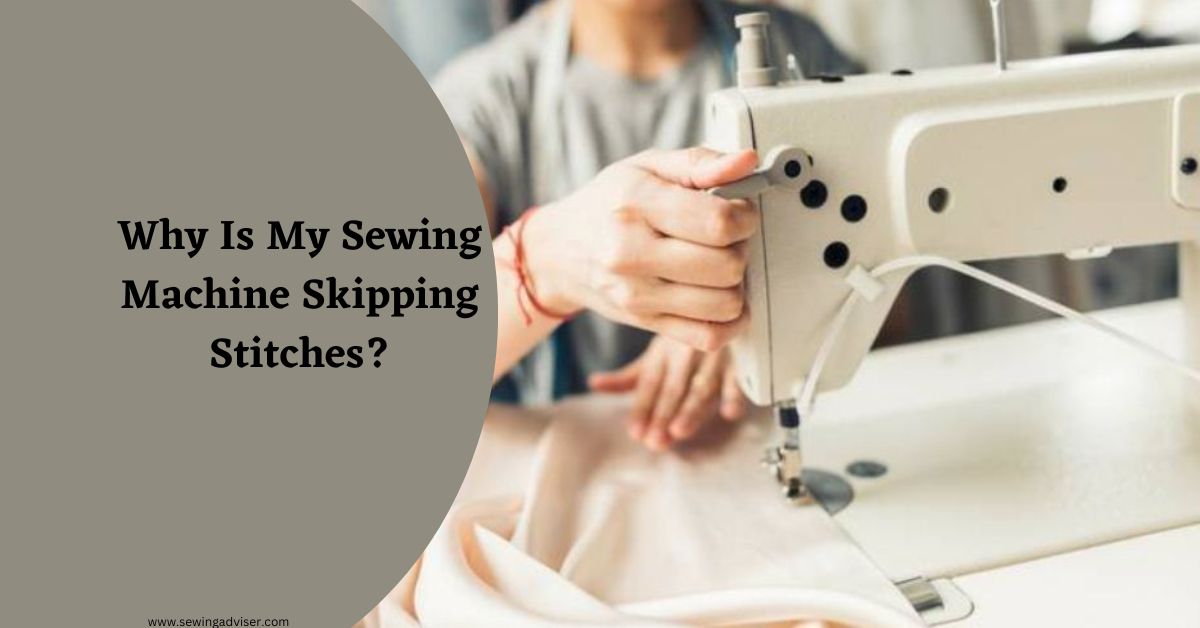
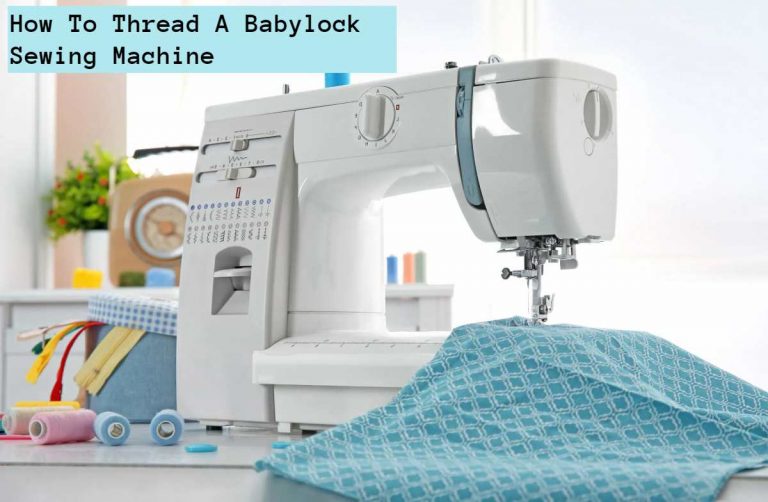

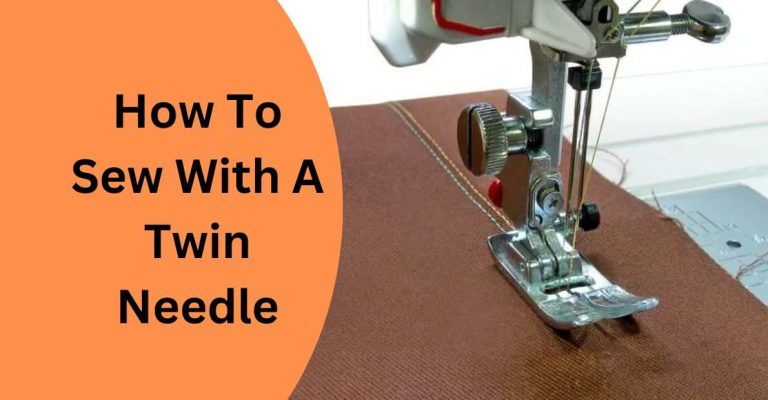
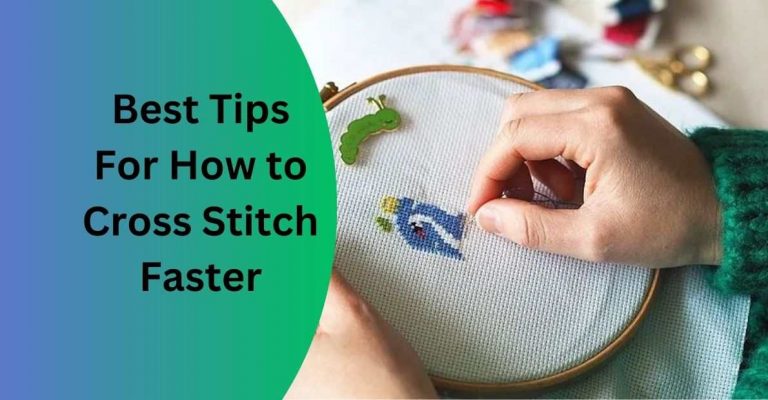
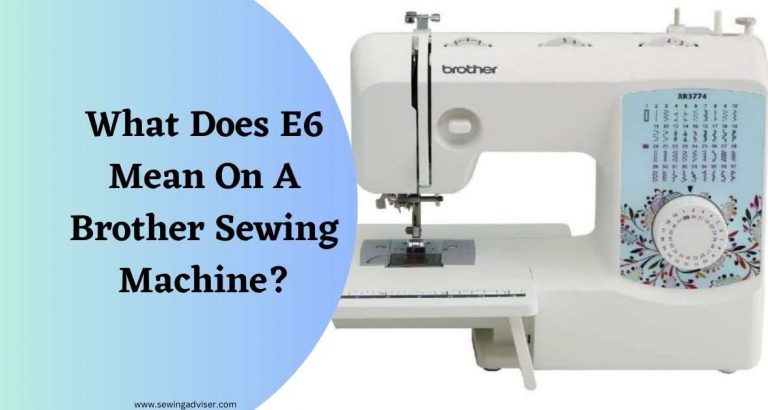
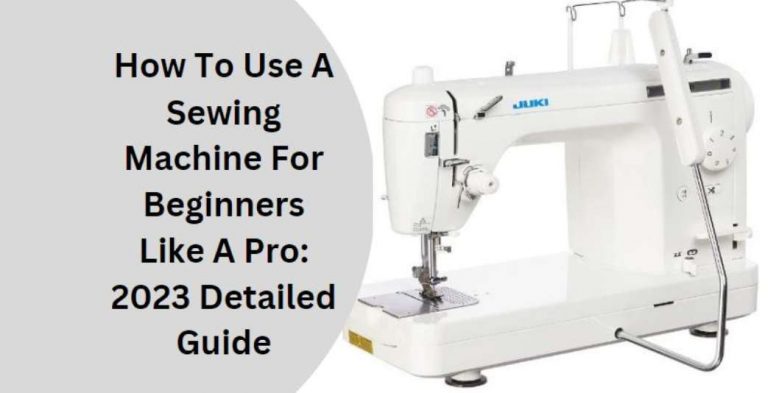
17 Comments